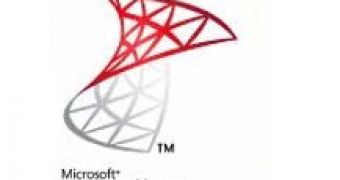All you BizTalk Server fans out there should know that Microsoft has released six printable posters that explain the abilities, the structure and the configurations of BizTalk Server 2010, all downloadable at Microsoft Download Center.
The BizTalk Server 2010 BAM Poster presents the entire BAM life cycle, according to TWC.
It details the design of the business analyst's observation model, mapping it until the developer implements it, its deployment by the system administrator and reaches the presentation channels for business end users.
Thanks to this graphic, users with or without experience will better understand the concepts, the processes as well as the management of BAM.
On the BizTalk Server 2010 Capabilities Poster are listed the server's capabilities (obviously), but they are classified in eight categories.
It should provide enough material for technical debates, thanks to its high-level and detailed views of the included capabilities and features.
It presents all the new features and capabilities, including improvements to RFID, BizTalk Adapter Pack, EDI, AS2, as well as a better integration with Visual Studio and Windows Server.
The BizTalk Server 2010 Runtime Architecture Poster describes the BizTalk Server 2010 runtime environment, with its components, modules, message and data flow as well as the references that appear at runtime.
It basically describes the way that all the capabilities listed in the BizTalk Server 2010 Capabilities Poster are implemented.
There is also a BizTalk Server 2010 Scale-out Configurations Poster, which presents the most frequent and common physical configurations of the BizTalk Server 2010.
It explains how to scale out to get to a high availability through load balancing and fault tolerance and also the configuration necessary high-throughput scenarios.
Another poster is the BizTalk Server 2010 ESB Toolkit Architecture Poster, which, as its name suggests, presents the architecture of the BizTalk ESB Toolkit, with its core components, and the way they integrate with BizTalk Server.
Last but not least, there is the BizTalk Server 2010 Database Infrastructure Poster, which describes the databases and all components, jobs, services, UI, and events associated with it.
The fact that it includes tables that describe the databases and jobs, makes it very useful for DBAs and administrators of a BizTalk Server environment, but it can also stand as an introduction to the infrastructure for all users.

 14 DAY TRIAL //
14 DAY TRIAL //